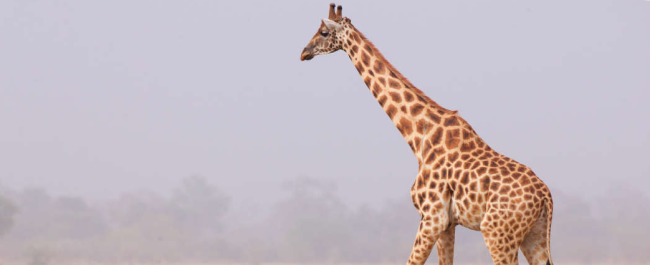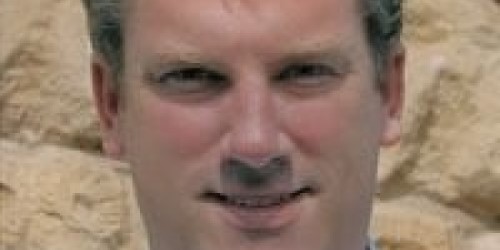Using UAVs for conservation: Monitoring endangered giraffe populations in Northern Cameroon

How can we monitor endangered species in the wild over large distances when their populations are so small?
The challenge
The critically endangered Kordofan Giraffe (Giraffa camelopardalis antiquorum) is an important subspecies of giraffe about which the scientific and conservation community know very little. The global population is believed to number less than 2000 individuals across several fragmented populations.
There are two key challenges for us - that of scale and data volume. Firstly, we will need to cover an area of 1600 square kilometres, at distances up to 50 km from our site of operations with limited local infrastructure. Secondly, the volumes of collected data will require a machine learning approach to parse the data and identify giraffe locations.
What we're doing
We are working with Bristol Zoological Society (BZS), at their request, to develop a tool to accurately measure the population size of giraffe in Bénoué National Park, one of the last remaining strongholds for this subspecies. We will use drone mounted cameras with differing capabilities, including thermal infrared imaging, to carry out large scale surveys, and plan to process the data using machine learning to locate and identify individuals within a very large image data set.
How it helps
This project is being funded by the Cabot Institute Innovation Fund and it will support us on an initial campaign to Cameroon in late 2019 from which initial results will be used to apply for a large grant to support ongoing technological developments. This application is seen as an ideal opportunity to develop leading edge technologies for autonomous wildlife monitoring over large scale operations which will have significant collaborative benefits beyond this project.
 Lead researcher profile
Lead researcher profile
Prof Tom Richardson, Lecturer in Electrical & Electronic Engineering
Related research centres
Partner organisations
- Institute of Conservation Science and Learning, Bristol Zoological Society